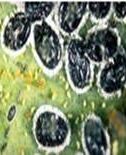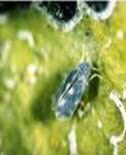Rose
Rose Aphid
Symptoms of damage
Identification of pest
Elongated pear shaped body with large red eyes, black cornicles and pinkish in colour.
Globular yellowish green to brown or black in colour.
Yellowish green or rarely reddish.

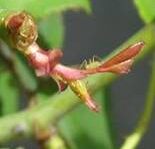
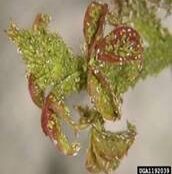
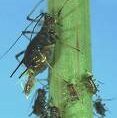
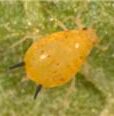
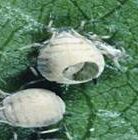
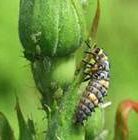
Management
Thrips, Grape Thrips
Symptoms of damage
Identification of pest
R.cruentatus - Adults are blackish brown and the nymphs are reddish in colour.
T. tabaci - nymphs and adults are pale yellowish in colour
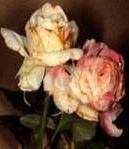
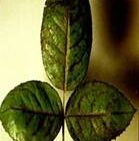
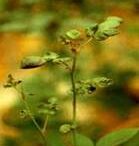
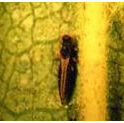
Management
Scale, Lindingaspis Rossi
Symptoms of damage
Identification of pest
Reddish brown waxy scale found on the lower portion of the old stem.
Female - wingless comparatively large
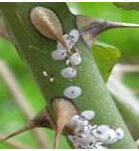
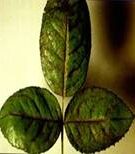
Management
Red spider Mite
Symptoms of damage
Identification of pest
Eggs are laid on the ventral surface of the leaves and are whitish, spherical in shape
Nymphs and adults are red in colour.
Management
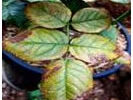
Leaf Cutter Bee
Symptoms of damage
Identification of pest
Adult - hairy, medium sized dark insects
base of the abdomen tinged with red- brown colour.
They build cells in crevices and cavities in hedges, dead wood etc.
Management
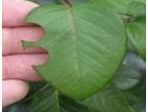
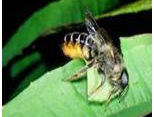
Castor Semilooper
Symptoms of damage
Identification of pest
Moth - stout, greyish brown with black blotches on hind wings
Female lays blue green, rounded and ridged eggs singly on the leaf.
Full grown caterpillar - smooth, dull greyish brown with white or brown stripes along the body.
Management
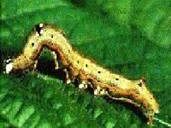
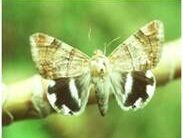
Slug Caterpillar
Symptoms of damage
Identification of pest
Caterpillar - fleshy and slug like, greenish body with white lines
Four rows of spiny tipped red or black which causes irritation and pain due to glandular secretion.
Adult - green wings with prominent dark patch at the base of each forewing.
Management


Gram Caterpillar
Symptoms of damage
Identification of pest
Larva - greenish with dark grey lines laterally on the body.
Adult – medium sized moth with V-shaped speck and a dark border on the hind wings
black spot on the forewings.
Management
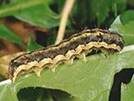

Flower Chaffer Beetle
Symptoms of damage
Identification of pest
Adult beetles are red in colour with black markings.
Management

Chafer Beetle
Symptoms of damage
Identification of pest
Adult beetles are pale yellowish beetle.
Management

Termite (White ants)
Symptoms of damage
Identification of pest
The workers are small and have soft, white body with a brown head.
Management
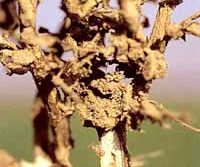
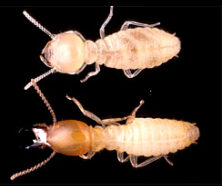
Blackfly
Symptoms of damage
Identification of pest
Adults with greyish wing and yellow body.
Management
